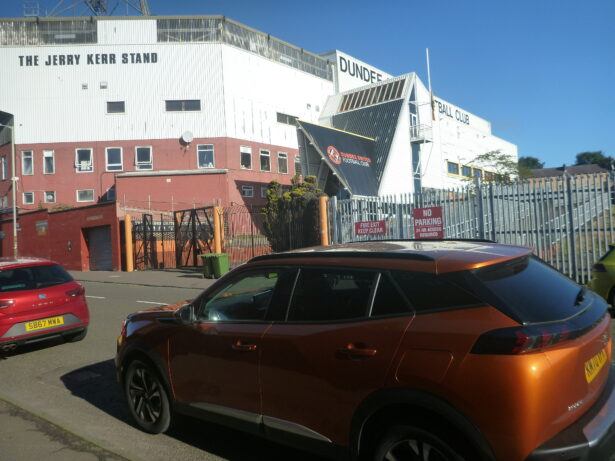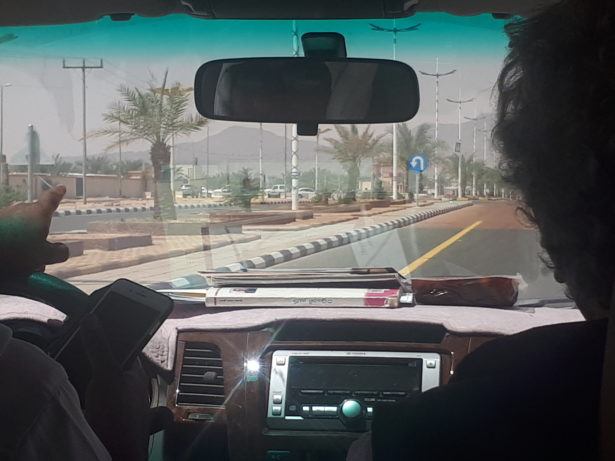Driving in the UK promises a variety of challenges and experiences.
Daily road and traffic conditions will be largely influenced by where you live: while urban routes often feature faster networks and busier junctions, country driving is characterised by quiet, narrow lanes and small villages.
The experiences and challenges can vary significantly between these environments. Understanding the differences enables every driver to stay safe and legally compliant, no matter where they’re headed next.
- Speed limits and traffic laws
Speed limits vary by road type. You’ll find slower and faster zones in both urban and rural areas, but it’s worth getting familiar with a few of the ways to identify the limit. In towns:
- 30mph zones are widespread in England, and they’re usually implemented in built-up areas with frequent pedestrian use. If you can see pavements, streetlamps, zebra crossings or houses nearby, drive cautiously and slowly.
- 20mph zones may be used to control traffic around schools, hospitals, and narrow housing estates. Pedestrian safety should always be prioritised in these areas.
Slower speed limits still occur in rural areas, but country lanes are more widespread. These typically follow national speed limit guidelines, which is a maximum of 60mph for cars on a single carriageway. On a dual carriageway, the maximum legal speed is typically 70mph, but this can vary.
- Hazards and other road users
In urban settings, you’ll need to share the road with pedestrians, cyclists, and public transport vehicles. This multifaceted level of risk demands heightened awareness at pedestrian crossings and busy routes, where bus lanes may be used to filter traffic.
When driving in unfamiliar towns, having comprehensive car insurance can provide peace of mind and protection against unforeseen incidents.
In rural areas, unique hazards include agricultural vehicles and wildlife, which is prevalent at dawn and dusk. Drivers may also face limited visibility due to high hedges or winding roads with sharp corners. In some areas, you’ll need to know how to pass horses safely.
- Road conditions and infrastructure
In towns and cities:
City roads are generally well-maintained, well-lit, and clearly signposted. Ample signs aid drivers in navigating complex routes and one-way systems, especially in town centres where ‘ring road’ routes are common.
Similarly, congestion zones in larger cities can feature dual carriageways with lower speed limits and regular speed enforcement checks too.
In the countryside:
Conversely, rural roads may often be narrower and less frequently maintained. This can also mean fewer or unclear road markings, which increases the risk of encountering potholes and uneven surfaces.
In the countryside, older villages often feature narrow roads and bridges, where you may encounter give way signs that control the flow of traffic.
Both urban and rural roads present distinct challenges to the everyday motorist. By understanding these and adapting your driving style accordingly, you can enhance your safety and keep safely compliant with regulations.


